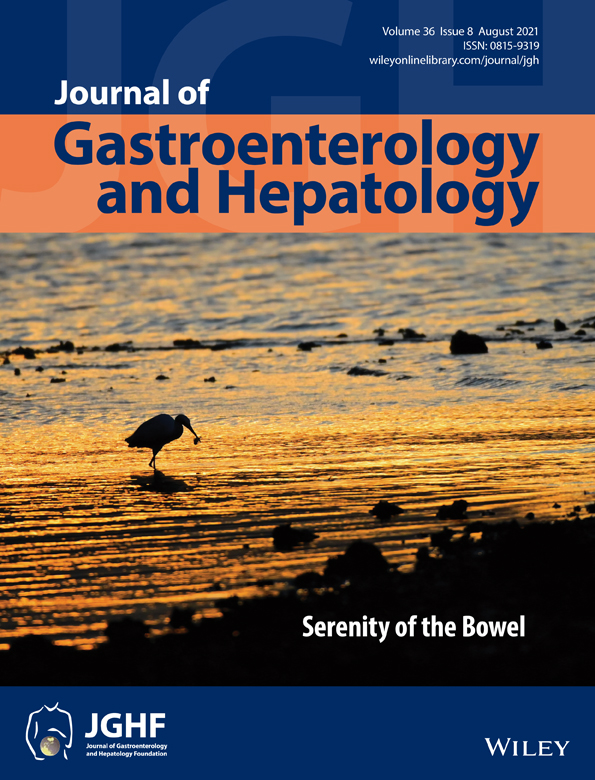Differences in inpatient and outpatient hepatitis C virus prevalence and linkage to care rates in a safety net hospital hepatitis C screening program
Declaration of conflict of interest: Dr. Miller receives grant funding through Emory University from Gilead Sciences and consulting fees from AbbVie.
Financial support: This work was supported by the Gilead Sciences FOCUS Program. The FOCUS Program is a public health initiative that enables partners to develop and share best practices in routine blood-borne virus (HIV, Hepatitis C, and Hepatitis B) screening, diagnosis, and linkage to care in accordance with screening guidelines promulgated by the US Centers for Disease Control and Prevention (CDC), the US Preventive Services Task Force (USPSTF), and state and local public health departments.
FOCUS funding supports HIV, HCV, and HBV screening and linkage to the first medical appointment after diagnosis. FOCUS partners do not use FOCUS awards for activities beyond linkage to the first medical appointment.
The study is supported by the National Center for Advancing Translational Sciences of the National Institutes of Health (under award number UL1TR002378). The content is solely the responsibility of the authors and does not necessarily represent the official views of the National Institutes of Health.
Abstract
Background and Aim
Routine screening for hepatitis C virus (HCV) infection is crucial in identifying the 50% of infected persons unaware of their infection. We added an inpatient screening initiative to our successful outpatient HCV screening program in an urban, safety-net hospital.
Methods
From March 2017 to December 2019, HCV screening was performed in inpatient and outpatient settings at Grady Health System. We compared care cascade outcomes, including anti-HCV testing, RNA testing, and linkage to care (LTC) between these settings.
Results
A total of 29 751 patients were tested for anti-HCV: 8883 inpatients and 20 868 outpatients. The anti-HCV population was predominantly Black (76.2%) and male (67.9%). The total anti-HCV prevalence was 8.9%, with 14% of inpatients and 6.7% of outpatients testing positive. RNA testing was performed on 86%. The prevalence of active HCV infection was 59.3% in those that were anti-HCV positive; inpatient prevalence was 66%, and outpatient was 53.8%. Of those with active infection, 67.5% were linked to care (57.3% of inpatients and 77.8% of outpatients).
Conclusion
We found significant differences in prevalence of anti-HCV and LTC rates between inpatients and outpatients during an HCV screening program. Higher anti-HCV prevalence among inpatients may be due a higher prevalence of non-birth year HCV risk factors. LTC rates were lower in the inpatient setting despite a robust linkage strategy. The striking prevalence of HCV in both settings warrants continued screening, expansion to additional settings, and novel strategies to improve inpatient linkage rates, especially in the setting of new universal HCV screening guidelines.




